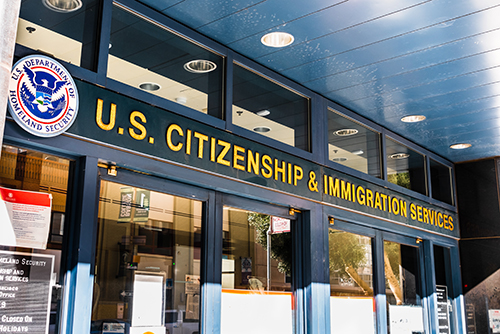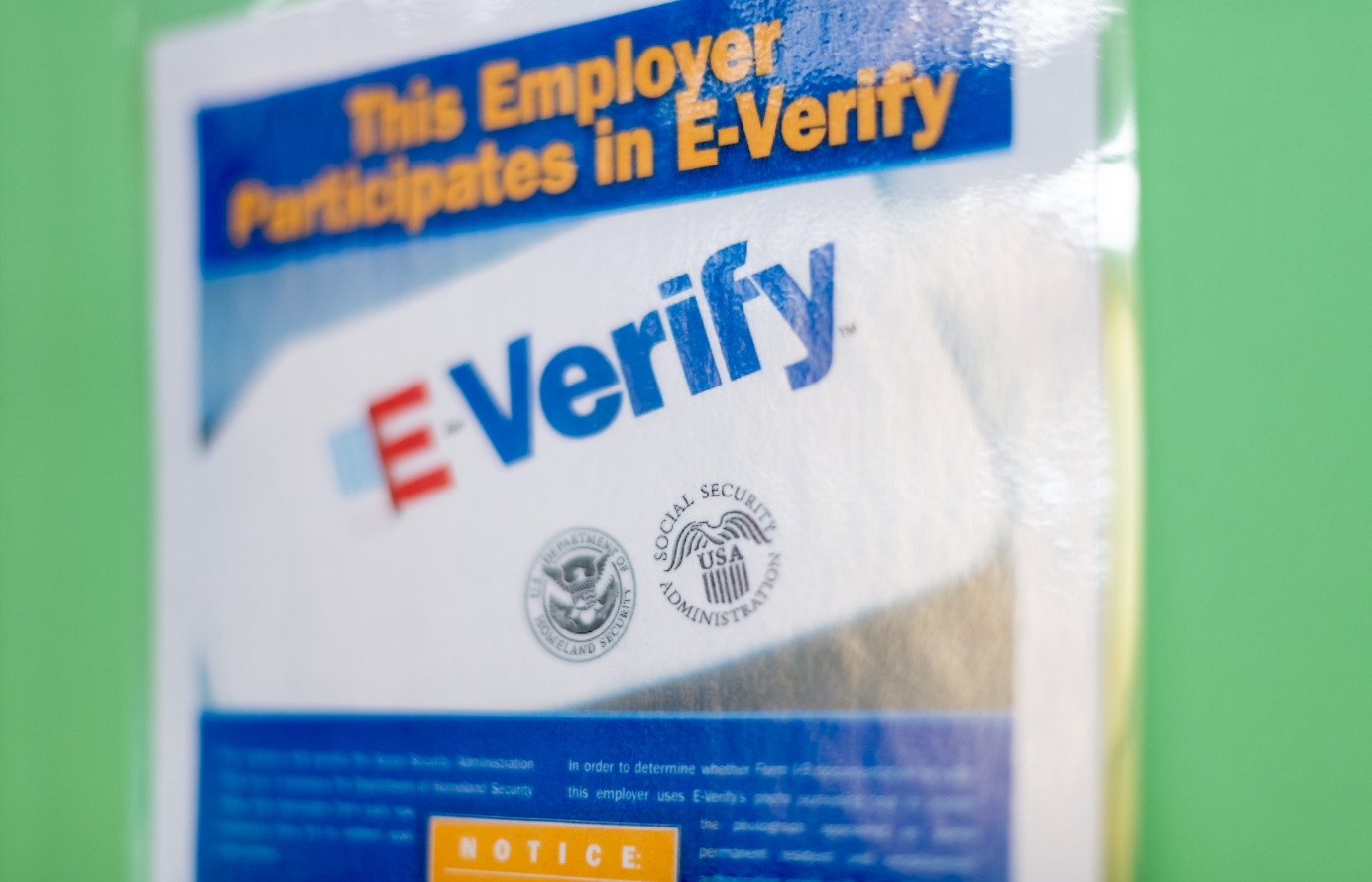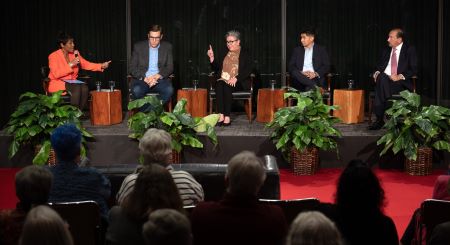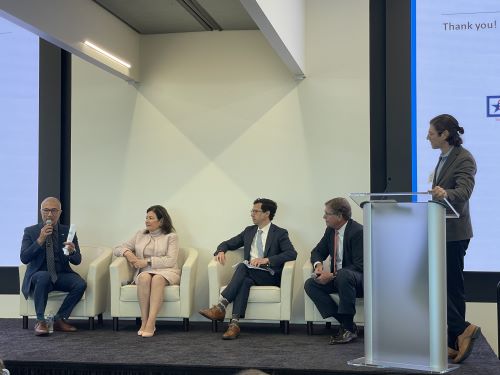Tectonic and Sudden Shift in Public Opinion about Immigration
 Gallup has been polling Americans about whether they want immigration levels to decrease, increase, or remain the same since 1965. In 2020, the percentage of Americans who want to increase immigration rose above the percentage who want to decrease it for the first time. This is a remarkable shift on its own, but one that has been building slowly for decades. But an even larger shift has occurred: Those dissatisfied with the level of immigration in the United States are increasing likely to be dissatisfied because they think that it is too low.
Gallup has been polling Americans about whether they want immigration levels to decrease, increase, or remain the same since 1965. In 2020, the percentage of Americans who want to increase immigration rose above the percentage who want to decrease it for the first time. This is a remarkable shift on its own, but one that has been building slowly for decades. But an even larger shift has occurred: Those dissatisfied with the level of immigration in the United States are increasing likely to be dissatisfied because they think that it is too low.
One of the big problems in the politics of immigration is that those who desire less immigration typically want it much more intensely than those who want to increase it. As a result, immigration restrictionists have historically had more political power because they are willing to campaign, vote, and badger politicians into adopting their point of view while pro‐immigration voters don’t hold that opinion nearly as intensely. But this has also started to shift since President Trump took office.
Since 2001, Gallup has asked this question: “(Asked of those dissatisfied with level of immigration into U.S.) Would you like to see the level of immigration in this country increased, decreased or remain about the same?” From 2001–2016, an average of 63 percent of respondents were dissatisfied with the level of immigration. Of those dissatisfied during that time, an average of only 7 percent of them (not percentage points) wanted to increase immigration levels and a whopping 70 percent wanted to decrease them (Figure 1). Clearly, immigration restrictionists had more intense opinion.
This began to change shortly after President Trump took office. From 2017–2020, 21 percent of respondents who are dissatisfied want to increase immigration levels while 50 percent of those dissatisfied want to decrease them. There is still quite a gap among those dissatisfied with immigration, but the gap has narrowed considerably during the Trump administration. If this trend continues like the earlier Gallup polling on immigration levels, then we can expect that the share of those who are dissatisfied and who want to increase immigration will become more prominent over time.
Part of this shift can be explained by the slight increase in respondents who are dissatisfied and who want immigration levels to remain the same. Those respondents could approve of Trump cutting legal immigration as he has over the years, but they are dissatisfied with other aspects of immigration such as the skill mix or countries of origin rather than the levels. Still, the percentage of respondents who are dissatisfied and who want more immigration rose from 4 percent in 2016 to 15 percent in 2020 (Table 1). Respondents who are dissatisfied and want a decrease fell from 43 percent to 26 percent over the same period.
During the 2016 campaign, then‐senator Jeff Sessions (R-AL) said immigration is, “a sham, decade after decade, and the voters need to know that this might be the last chance to elect a president who can reduce this tide.” Ironically, electing Donald Trump and observing his immigration policies in action may have been the catalyst event that convinced Americans to be much more supportive of expanding legal immigration.
Table 1
“Would you like to see the level of immigration in this country increased, decreased or remain about the same?”
| Total Satisfied | Total Dissatisfied | Dissatisfied, Want Increase | Dissatisfied, Want Decrease | Dissatisfied, Remain Same | No Opinion | |
|---|---|---|---|---|---|---|
| 2001 | 32 | 55 | 4 | 36 | 15 | 13 |
| 2002 | 29 | 66 | 3 | 52 | 11 | 5 |
| 2003 | 27 | 65 | 3 | 48 | 14 | 8 |
| 2004 | 31 | 63 | 3 | 44 | 16 | 6 |
| 2005 | 30 | 62 | 4 | 45 | 13 | 8 |
| 2006 | 26 | 66 | 5 | 51 | 10 | 8 |
| 2007 | 24 | 70 | 3 | 49 | 18 | 6 |
| 2008 | 24 | 72 | 6 | 50 | 16 | 5 |
| 2012 | 28 | 64 | 6 | 42 | 16 | 8 |
| 2013 | 36 | 56 | 5 | 35 | 16 | 8 |
| 2014 | 38 | 54 | 7 | 35 | 12 | 8 |
| 2015 | 33 | 60 | 7 | 39 | 14 | 7 |
| 2016 | 30 | 63 | 4 | 43 | 16 | 7 |
| 2017 | 41 | 53 | 5 | 36 | 12 | 7 |
| 2018 | 40 | 54 | 11 | 28 | 15 | 7 |
| 2019 | 35 | 59 | 15 | 23 | 21 | 6 |
| 2020 | 35 | 58 | 15 | 26 | 17 | 8 |








